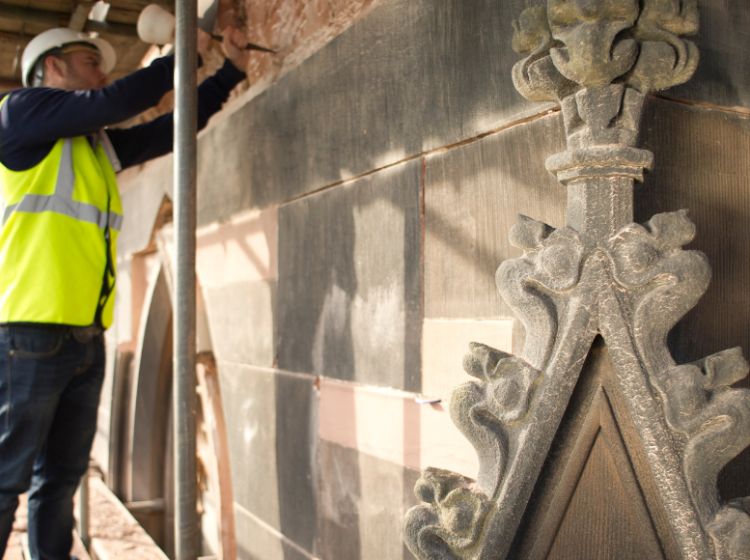In sustainable and energy-efficient buildings, natural ventilation has emerged as a critical element in architectural design and construction. This approach not only reduces the reliance on mechanical systems but also enhances indoor air quality and occupant comfort.
Natural ventilation leverages outdoor air movement to ventilate indoor spaces, driven by either wind or temperature differences. This passive cooling method reduces the need for mechanical systems, conserving energy and lowering operational costs.
Strategic placement of windows, vents, and skylights is crucial for effective ventilation. Designing openings based on local climate conditions ensures optimal air circulation.
There are four design methods for Natural Ventilation

- Cross Flow (No Corridor): This simplest method uses windows of similar size on opposite sides of the building, allowing air to flow freely with no obstacles in the path of the prevailing wind.
- Wind Tower (Wind Catcher/Wind Extractor): The wind tower leverages the positive-pressure side to catch wind and the negative-pressure side to extract it, enhancing ventilation.
- Stack (or Buoyancy), Simple Flue: Vertical stacks from each room go through the roof without interconnections, allowing air movement based on density differences.
- Stack (or Buoyancy), Solar Atrium: A large stack heated by solar radiation induces air movement due to temperature differences. Without solar heating, the atrium provides minimal ventilation.
What to Consider When Designing

1. Site Analysis and Orientation
Effective natural ventilation starts with a thorough site analysis, and an understanding wind directions, climate, and topography. Proper building orientation to capture and direct airflow, such as aligning windows perpendicular to prevailing winds, enhances ventilation efficiency.
2. Building Layout:
A well-planned layout improves natural ventilation with open floor plans, atriums, and courtyards that facilitate air movement. Avoiding obstructive internal partitions and incorporating double-height spaces and open staircases promote vertical air circulation.
3. Window Design and Placement:
Strategically placed and operable windows are crucial for natural ventilation. Cross-ventilation is achieved by positioning windows on opposite sides, while clerestory windows or operable skylights enhance stack ventilation by allowing warm air to escape from higher points.
4. Building Envelope:
The building envelope should support natural airflow while ensuring thermal comfort. Using ventilated facades, louvres, and shading devices helps control sunlight and heat entry, reducing cooling needs and improving ventilation efficiency.
Conclusion

Modern technology can enhance the efficiency of natural ventilation. Automated window systems, controlled by sensors measuring temperature, humidity, and CO2 levels, can optimise ventilation by adjusting openings based on real-time data. This ensures that the indoor environment remains comfortable while minimising energy use.
By considering factors such as site orientation, building layout, material selection, and advanced controls, architects and builders can create spaces that not only reduce environmental impact but also enhance the well-being of their occupants. As we move towards a greener future, natural ventilation stands out as a cornerstone of innovative and responsible design.
To maintain air quality, filtration systems at ventilation inlets prevent pollutants from entering. Regular maintenance is essential for these systems to remain effective.
If you enjoyed our article about Multi-Sensory Architecture, take a look at our News section to see more.
Fewer Harrington & Partners is an Irish Architects Practice with offices in Waterford, Dublin and across the world.
Keep up with the latest updates by following us on LinkedIn. See our project portfolio here, or get in touch below:
Contact Us







